Sony Bravia 3 65-Inch TV Review – A great TV to watch out for this festival season
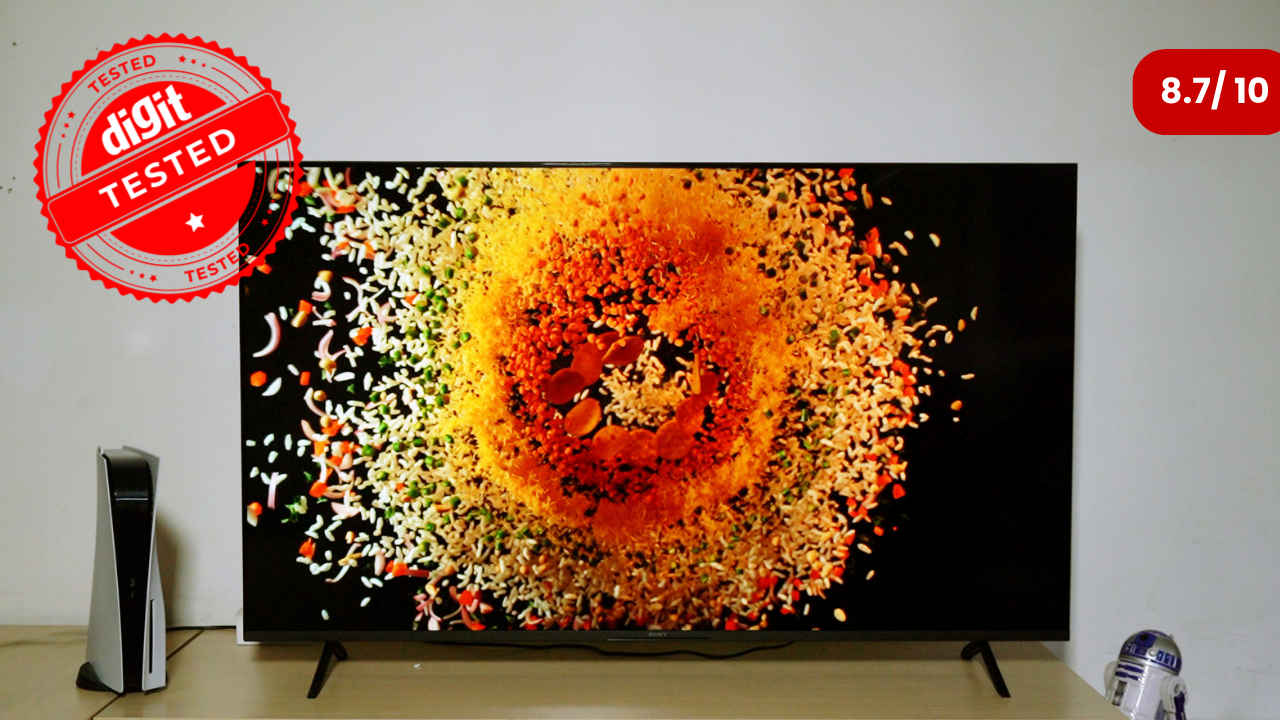
- Excellent colour accuracy
- Reliable performance
- Well-designed software
- Great gaming experience
- Limited peak brightness
Sony Bravia 3 is a thoughtfully engineered mid-range TV that delivers impressive colour accuracy, strong SDR performance, and a refined HDR experience. It’s clear that Sony has put in considerable effort to maximise the potential of the hardware. During the review, I could appreciate, every now and then, how much serious work has gone into preserving the nuances of picture quality.
One downside at this price is that peak brightness is not very high, which limits the impact and ‘pop’ in bright HDR sequences. Performance in dark and mixed APL HDR sequences is still pretty impressive. Solid gaming capabilities further add to its appeal. Overall, the Bravia 3 offers a balanced experience for those who prioritise accuracy and consistency in their viewing.
Sony has had a fantastic year with TVs. The premium TVs from the brand which include the Bravia 8 OLED, and Bravia 7 (review) and 9 Mini LED (review) were all quite impressive, but all of these also fall in the premium segment. So, yes, we were very eager to test the Bravia 3, which is more accessible in the mid-range and should be available as a great deal this festival season.
In our Sony Bravia 3 review, we will scrutinise all aspects of the TV and put it through the wringer – just to help you decide if this is a great buy or not.
Sony Bravia 3 TV Review: Specifications
- Model: K-65S30
- Display: 65-inch, Direct LED backlight, Triluminous Pro, Frame Dimming
- Panel Type: VA LCD
- Display Resolution: 3840 x 2160 – 4K UHD
- Panel Refresh Rate: 50Hz
- Supported HDR Formats: HDR10, HLG, Dolby Vision
- Speakers: 20W
- Audio Formats: Dolby Atmos, Dolby Audio
- Software: Google TV with Sony customisations (Android TV 12)
- Screen Mirroring: Chromecast built-in, Apple AirPlay
- HDMI: 4 HDMI ports, ALLM, eARC
- Processor: 4K HDR Processor X1
- Storage: 16GB
- Other Connectivity Options: 2x USB ports, Dual-band Wi-Fi 6, Bluetooth 5.3, AV, RF, Ethernet, headphone
- Price: Rs. 98,990 (Buy Now)
Sony Bravia 3 Video Review

Sony Bravia 3 Review: Display Panel Quality
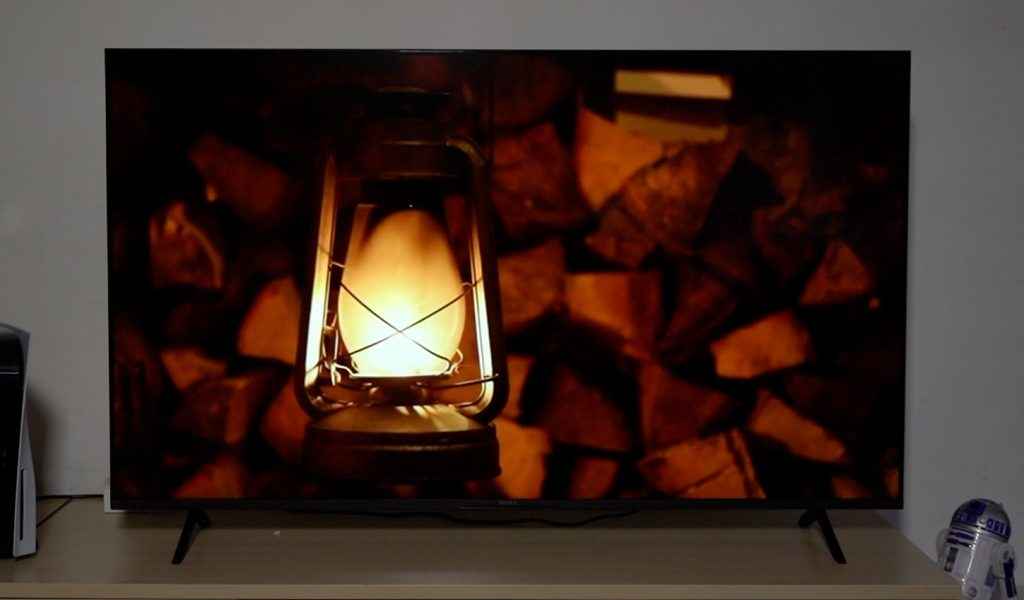
Our review sample employs a good-quality 65-inch VA LCD panel with a native contrast of 4402:1, but the 55-inch model may have an IPS LCD panel with shallower blacks. The frame-dimming technology worked better than expected and helped elevate the experience in dark scenes.
We’re also pleased that the colour-accurate Professional Mode is included for purists who prioritise high colour accuracy and a warm white point close to the industry-standard D65.
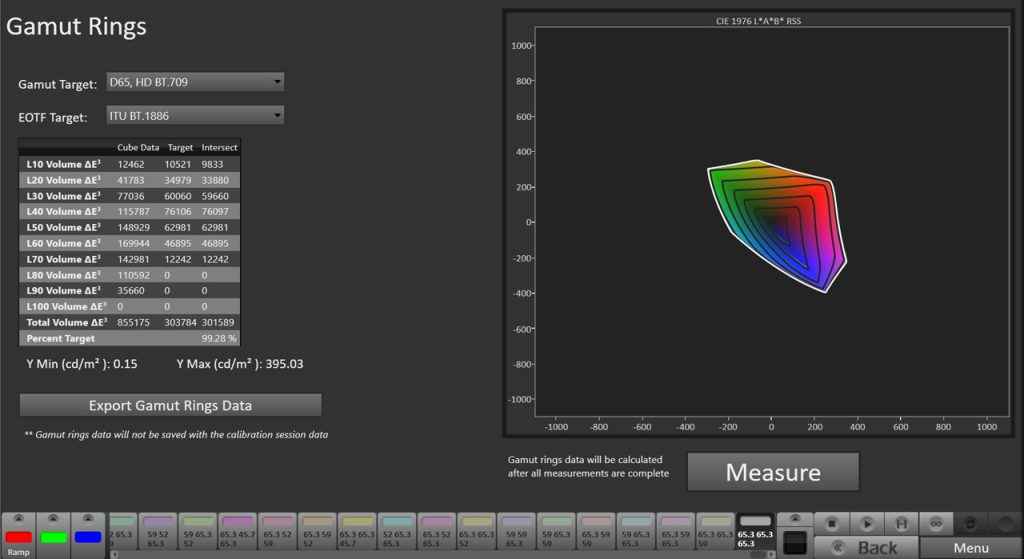
Gamut’s coverage is also impressive. The panel can reproduce almost 100% of Rec. 709 colour space and colour volume used for SDR content. As for HDR, the Bravia 3 supports 94% DCI-P3 coverage and 69% BT2020 coverage in UV terms which is better than what you’d get with most QLED TVs in the budget.
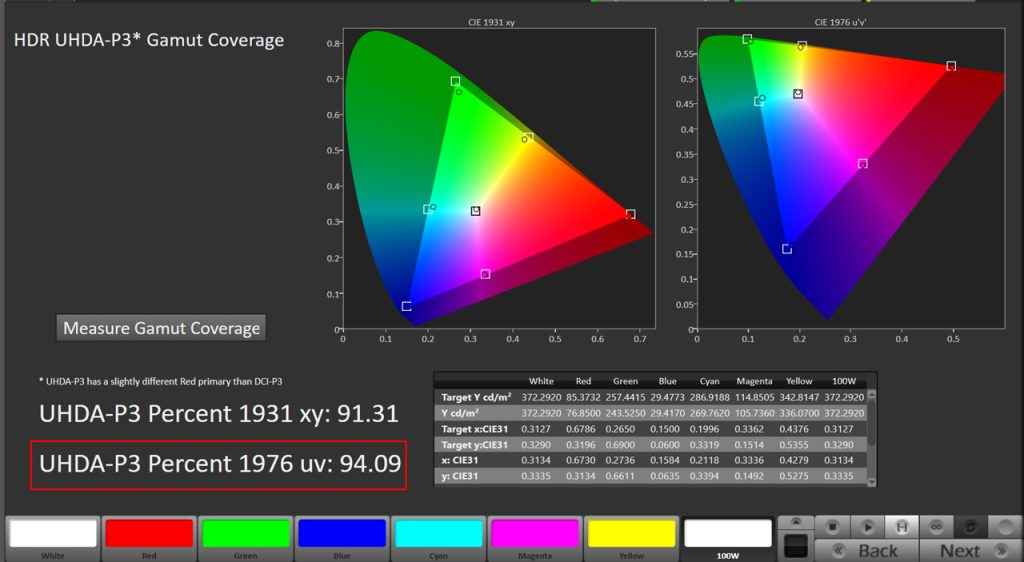
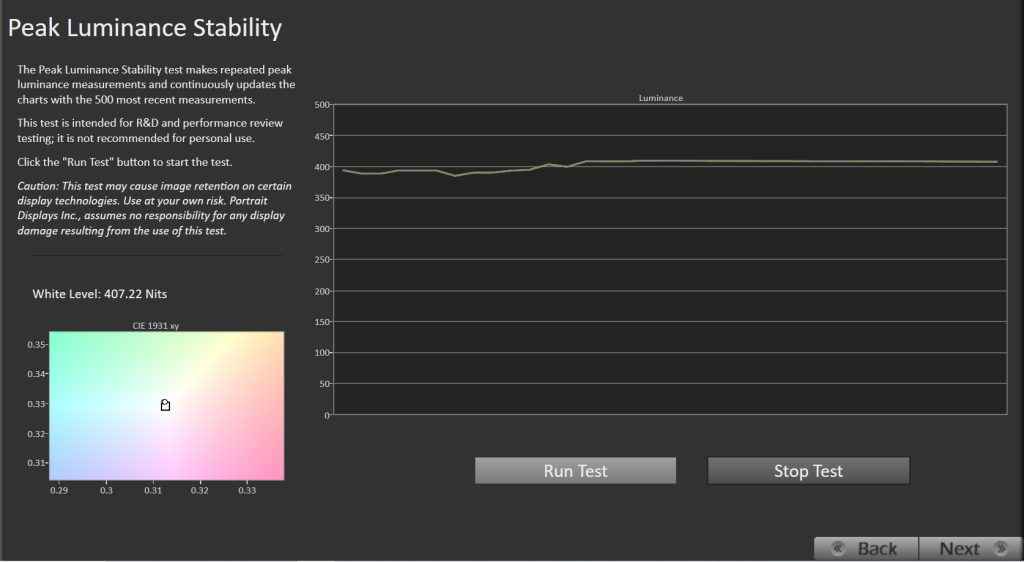
On a 10% Window, the Bravia 3 can get around 410 nits bright. This is relatively less than what you’d expect from TVs in this budget and also limits the HDR impact. This also limits colour volume in HDR, which is to say that Bravia 3 will struggle to depict bright and highlight saturated colours that you’d occasionally run into with HDR content.
The panel on the Bravia 3 is not overly reflective. Also, the VA panel used here doesn’t mean that you’d have to compromise much on viewing angles. We did notice a very slight loss of luminance off-axis, but this is within the bounds of what is perfectly acceptable.
Sony Bravia 3 Review: SDR and HDR Performance
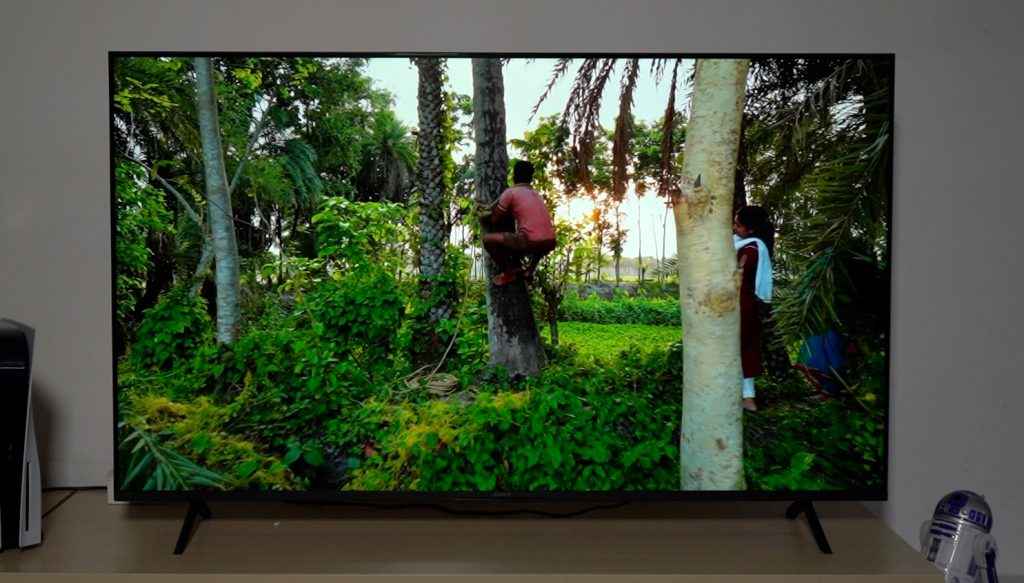
We tested the colour accuracy of the display using Spectracal C6 HDR2000 Colourimeter, Videoforge Pro pattern generator, and Calman Ultimate software. The professional mode is the most accurate preset.
Unlike higher-end Bravia models, calibrated modes for different apps have not made the cut, which is understandable since the hardware might not have done them justice.
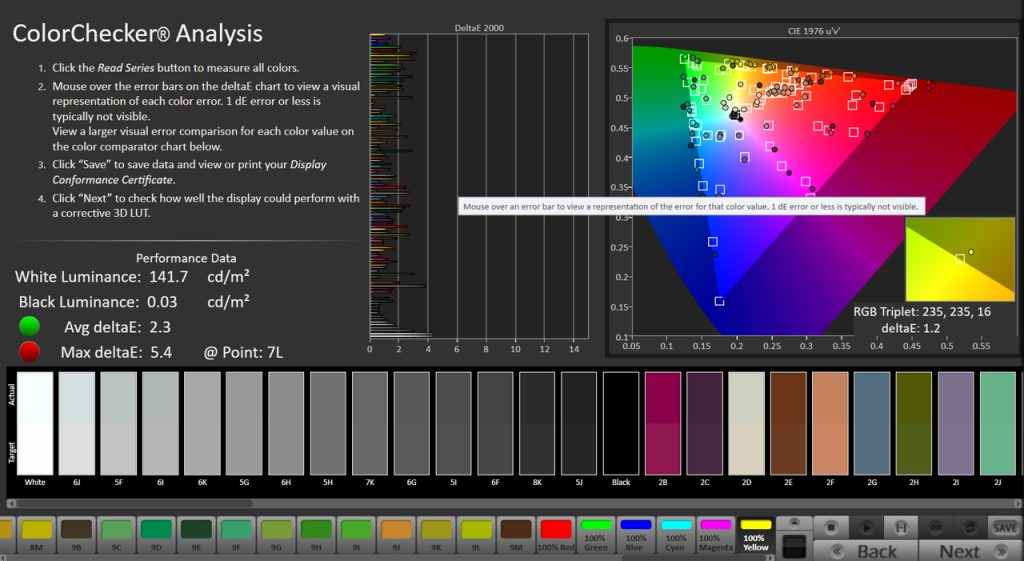
The colour accuracy in excellent on Bravia 3. In SDR, we recorded an average delta error of just 2.3 and a maximum delta error of 5.4 out of the box in the professional mode. The accuracy is also great in the Cinema mode. Those who prefer vivid or boosted colours would prefer to use the TV in Vivid or Standard mode.
In SDR, Skin tones and other critical memory colours are rendered accurately. The TV also does a great job with greyscale details and can map luminance in dark and bright scenes masterfully – which is something tough to find on mid-range TVs.
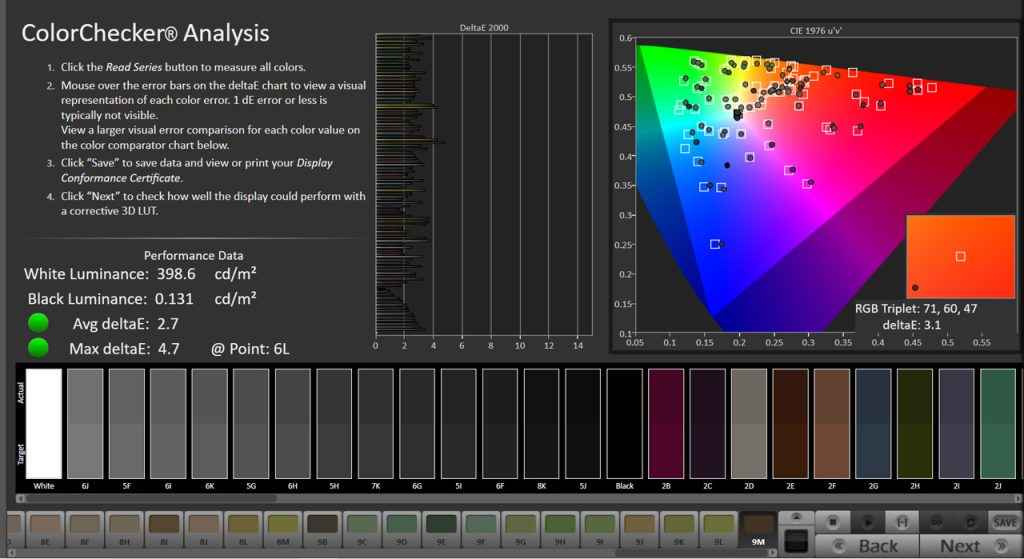
In HDR, we recorded an average delta error of 2.4 and a maximum delta error of 4.8 which is excellent. The TV supports Dolby Vision and HDR10.
As mentioned above, due to limited peak brightness bright HDR scenes lack that HDR pop as you’d get on Bravia 7 or other mid-range QLED TVs with brighter panels.
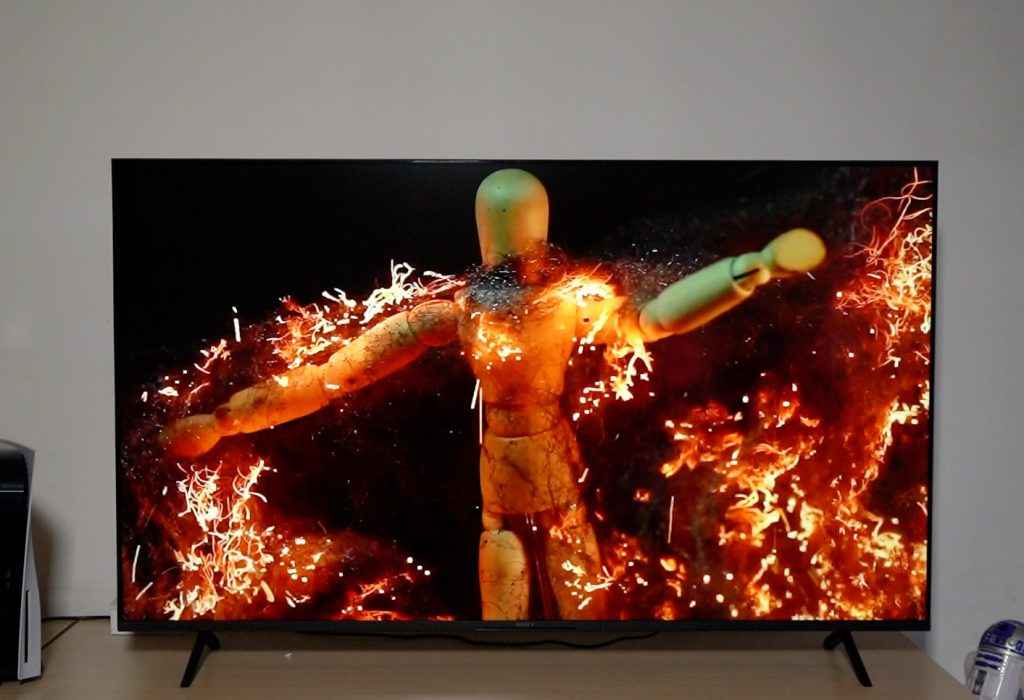
HDR content with mixed APL or sequences that are not very bright and sequences that are dark are handled nicely. This dark hallway in Severance, for instance, is not easy to get right for most TVs.
Motion smoothing is enabled by Default in Dolby Vision as well as in Standard and Vivid picture modes. To avoid the soap opera effect without jittery motion, you can go to MotionFlow settings (under Advanced Picture Settings) and select Smoothness as 1 in Custom preset. Bravia 3 also did a great job of upscaling legacy content.
Overall, the Bravia 3 offers reliable colour accuracy out of the box in the professional mode and with Dolby Vision HDR. Even modes like Vivid and Standard which perhaps more consumers would use are tastefully boosted without making skin tones and other critical colours look overly unnatural.
Sony Bravia 3 Review: Performance and Software
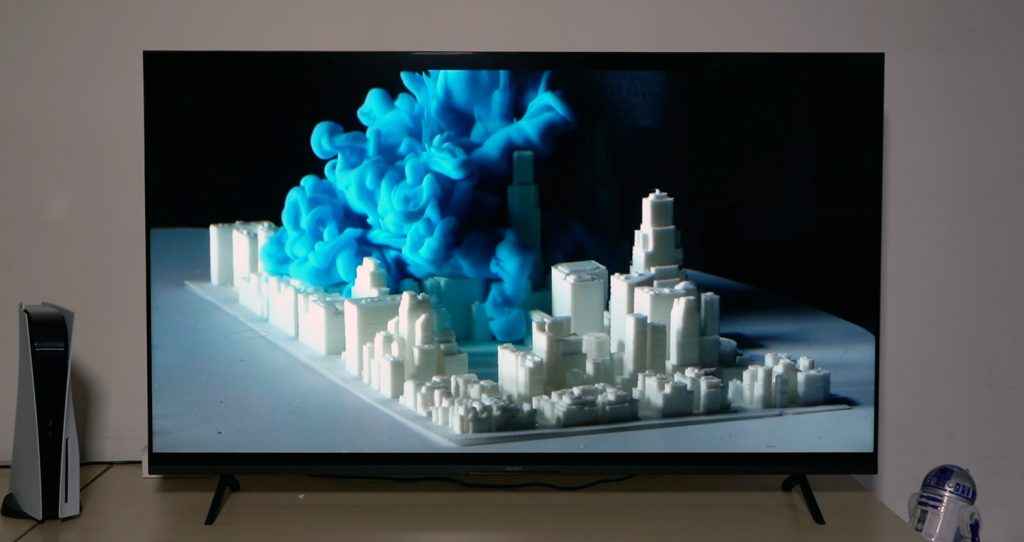
Sony Bravia 3 is not particularly snappy but it didn’t feel slow either. The playback controls worked reasonably smoothly. We did not notice any unexpected jitters while switching between apps. The XR processor is backed by 16 GB of storage, so that gives a little headroom for performance to stay as is in the long run.
Google TV software is based on Android 12 and Sony has added several useful customizations. The picture customisation options and menu are not as detailed as what you’d get with higher end models starting from Bravia 7. Casting and screen mirroring work seamlessly across Android and iOS devices. The TV supports Apple Airplay, Apple Homekit and Chromecast Built-in. The far-field microphone and voice commands worked well.
Sony Bravia 3 Review: Gaming and Audio
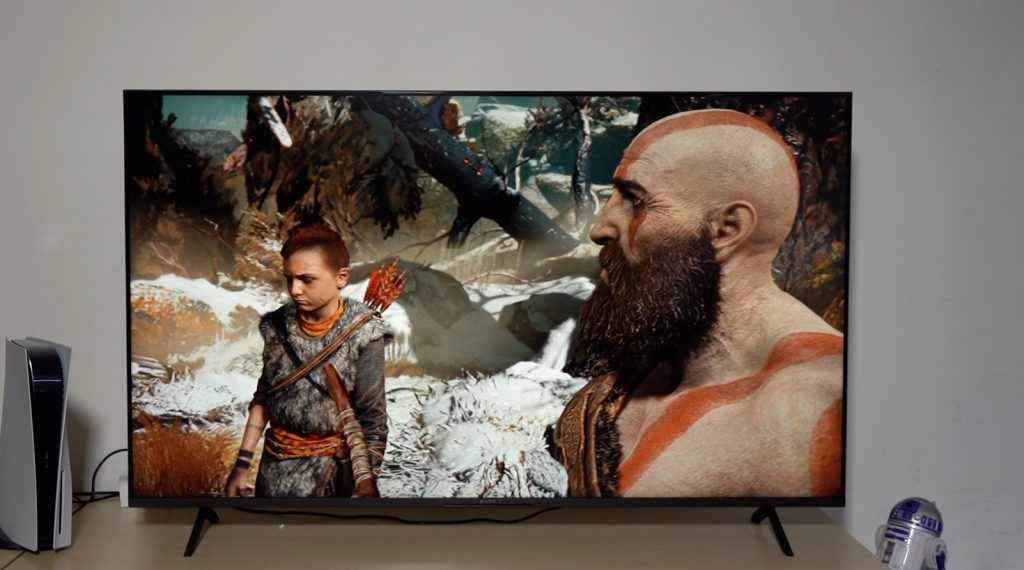
For gaming, we tested the Sony Bravia 3 with Sony PS5 and games like Ghost of Tsushima, God of War, Witcher 3 and Spiderman 2. Before you start setting up your PS5, make sure to switch the HDMI Signal Format to Enhanced format. With PS5 compatibility, we didn’t expect that we’d have to do this manually.
The TV supports ALLM and HDR gaming at 4K UHD resolution. High refresh rate and VRR are not supported. PS5 can automatically Adjust HDR parameters like max brightness and optimum dark details based on the Bravia 3 panel and you can further fine-tune the bright and dark levels. The gameplay felt perfectly smooth and the colours also felt accurate.
The Bravia 3 manages pretty decent audio output from its 20W speaker system. Dialogue clarity was above average and we didn’t notice much distortion at high volumes. For a capable surround sound experience, you will need to invest in a soundbar.
Sony Bravia 3 Review: Design and Build
The Sony Bravia 3 has a familiar Sony design with minimal distractions on the front. The bezels are narrow on three sides, the back of the TV also has a clean look with a checkerboard pattern, and all frequently used connectivity ports are side-facing for convenient access. The TV doesn’t ship with a stand in the box. After purchase, you can request a one time table-top installation or a wall-mount installation for free.
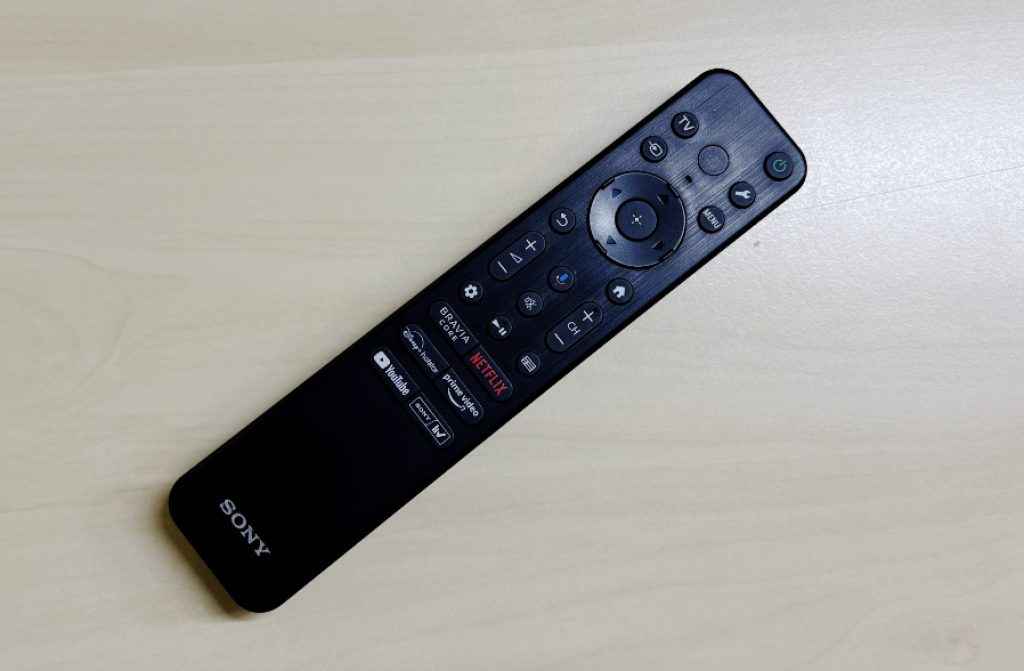
Out of 4 HDMI ports, you can access HDMI 2.1 features on two. One of these is marked eARC output to external sound systems. The remote is the classic Sony remote and not the eco-remote built from recycled Sorplas plastic – which also makes it relatively sturdier. This is a very ergonomic remote that is comfortable to hold and operate and has all the necessary buttons in the right places.
Sony Bravia 3 Review: should you buy it?
Sony Bravia 3 is a thoughtfully engineered mid-range TV that delivers impressive colour accuracy, strong SDR performance, and a refined HDR experience. It’s clear that Sony has put in considerable effort to maximise the potential of the hardware. During the review, I could appreciate, every now and then, how much serious work has gone into doing justice to the creator’s intent and preserving the nuances of picture quality.
One downside at this price is that peak brightness is not very high, which limits the impact and ‘pop’ in bright HDR sequences. Performance in dark and mixed APL HDR sequences is still pretty impressive. Solid gaming capabilities further add to its appeal.
Overall, the Bravia 3 offers a balanced experience for those who prioritise accuracy and consistency in their viewing. The Bravia 7 is still where my heart is set, but if you can’t stretch your budget or find the Bravia 3 at a great price, it’s definitely a compelling mid-range choice.
Sony Bravia 3 65-inch K-65S30B Key Specs, Price and Launch Date
| Release Date: | 19 Jul, 2024 |
| Market Status: | Launched |
Key Specifications
Screen Resolution
4K Ultra HD (3840 x 2160)
Screen size (in inches)
65
Smart TV
Yes
Deepak Singh
Deepak is Editor at Digit. He is passionate about technology and has been keeping an eye on emerging technology trends for nearly a decade. When he is not working, he likes to read and to spend quality time with his family. View Full Profile





